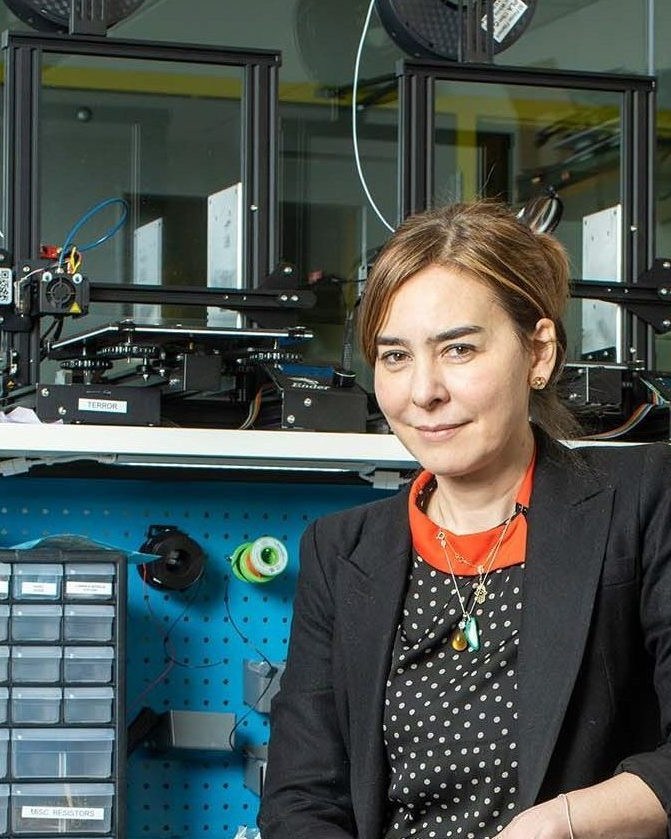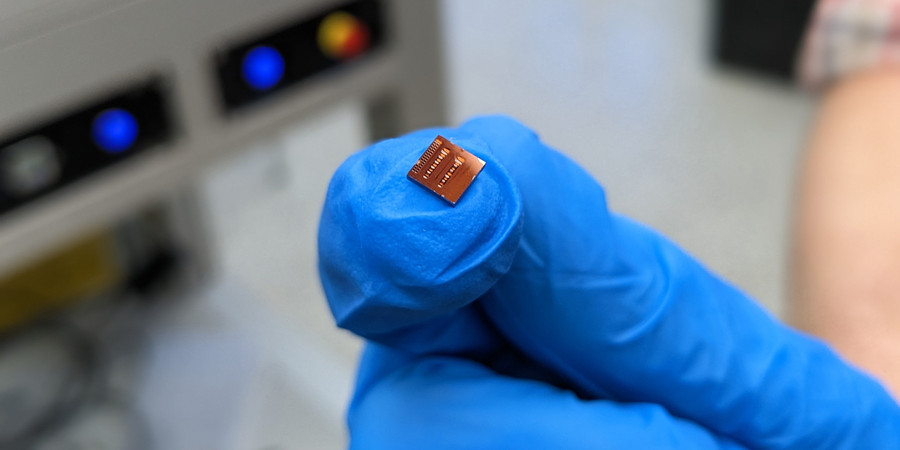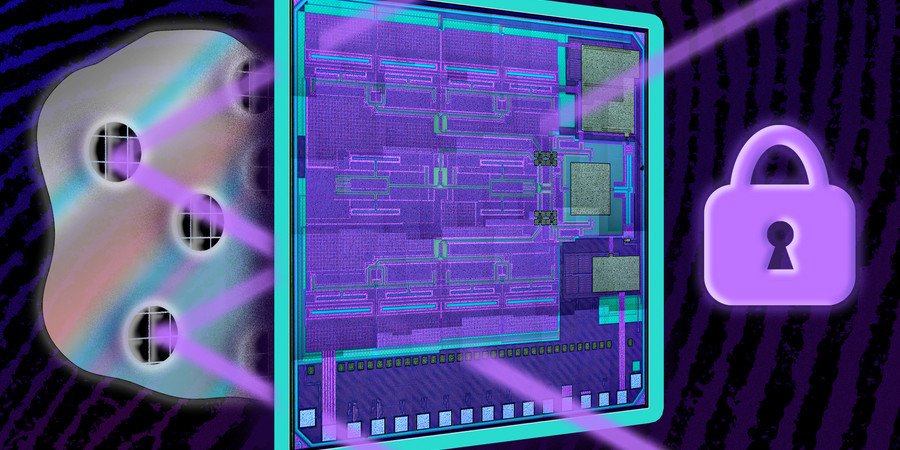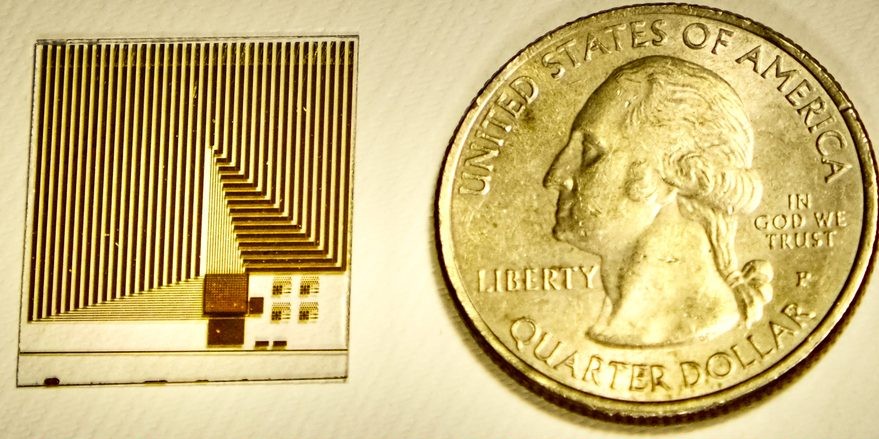Ari Daniel | MIT Spectrum
May 2022
Consider A 75-Year-Old We’ll Call Gordon. One day in late February 2020, he had a myocardial infarction—a heart attack—and was rushed to the hospital. Fortunately, Gordon recovered. But he wasn’t able to get back to his previous level of mobility.
What if Gordon had had some warning of what was to come?
It turns out that in the six days preceding his heart attack, Gordon’s walking was gradually slowing and his breathing rate was increasing. The changes were so imperceptible that no one noticed, not even Gordon. But a small device sitting in his bedroom did. Part of a purely observational study at the time, the machine, the size of a router, was continuously emitting wireless signals (about a thousand times weaker than your WiFi).
Those signals, ricocheting off the walls and floors of Gordon’s apartment, also bounced off him. The tiniest of Gordon’s bodily signals—the pulsing of his veins, the inhale-exhale movements of his chest, the shuffling of his feet—affected these waves, enabling changes to be detected. Think of it as low-power radar.
Complete article from MIT Spectrum.
Explore
Bringing Lab Testing to the Home
Zach Winn | MIT News
The startup SiPhox, founded by two former MIT researchers, has developed an integrated photonic chip for high-quality, home-based blood testing.
This Tiny, Tamper-proof ID Tag Can Authenticate Almost Anything
Adam Zewe | MIT News
MIT engineers developed a tag that can reveal with near-perfect accuracy whether an item is real or fake. The key is in the glue on the back of the tag.
New Sensor Mimics Cell Membrane Functions
Anne Trafton | MIT News Office
The device detects the same molecules that cell receptors do, and may enable routine early screening for cancers and other diseases.




